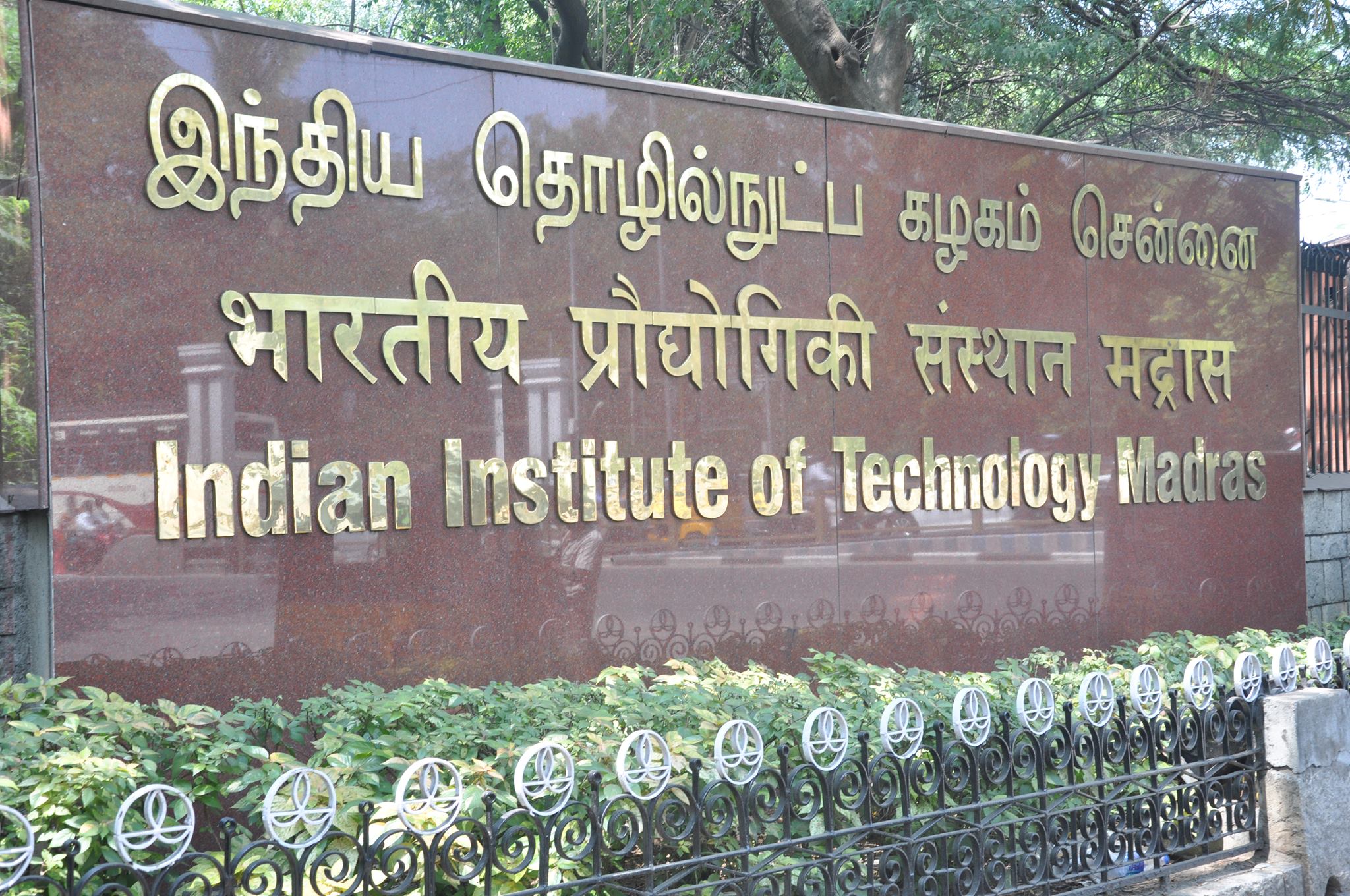CHENNAI, NFAPost: Indian Institute of Technology Madras Researchers, working with the University of North Texas and US Army Research Laboratory, have developed an engineered magnesium alloy with significantly improved properties, which can replace steel and aluminium alloys in automotive and aerospace components.
The current industrial application of wrought magnesium alloys in structural components is very limited due to their poor moderate/low strength, poor ductility, yield strength asymmetry and lack of high strain rate super plasticity despite their density being two-third of aluminium and one-quarter of steel.
With vehicular emissions alone contributing 27% of total carbon dioxide emissions, countries around the world are focusing on reducing them. A major focus has been lowering the carbon footprint of vehicles by using light-weight material in their body. Light-weight vehicles take less energy (i.e. fuel) to run and are therefore one of the strategies to increase vehicle’s energy-efficiency.
A collaborative research project on this area was carried out by Sushanta Kumar Panigrahi, Associate Professor, Department of Mechanical Engineering, IIT Madras, Prof. Rajiv Mishra, University Distinguished Research Professor, University of North Texas, US, and RC Brennan and K Cho from the US Army Research Laboratory.
The research team has made headway in solving this problem by formulating a magnesium alloy with almost zero yield asymmetry and high ductility.Their research paper has been published in the reputed peer-reviewed journal Material Research Letters.
The new engineered alloy is strong, highly ductile and its superplasticity is achieved at higher strain-rates which reduces overall manufacturing time, effort and costs. In addition to this, it is also lightweight, which helps lower the carbon footprint of vehicles. Lightweight vehicles need lesser fuel to run and are therefore more fuel-efficient, IIT Madras said.
IIT Madras Associate Professor, Department of Mechanical Engineering Sushanta Kumar Panigrahi, said, “In view of the compelling needs for economical usage of scarce energy resources and ever-stricter control over emissions to lower environmental impact, automotive and aerospace industries are searching for alternative advanced light-weight structural materials to existing conventional materials. Being one of the lightest and energy-efficient structural materials, magnesium alloys are potential candidates to replace steel and aluminium alloys in automotive and aerospace components since their density is two-thirds of aluminium and one-quarter of steel.”
His research group is also trying to increase the load-bearing capacity of metals and alloys through microstructural engineering and processing of metals.
For this research, the scientists used a magnesium alloy containing rare earth elements like Gadolinium (Gd), Yttrium (Y) and Zirconium (Zr). The alloy was subjected to a thermo-mechanical processing technique (severe plastic deformation and ageing treatment) to obtain an ultrafine-grained version of this magnesium alloy.
Through this technique, the group was able to achieve the highest combination of strength-ductility and highest high strain rate superplasticity among all the existing magnesium alloys reported in the literature to date, IIT Madras said.





